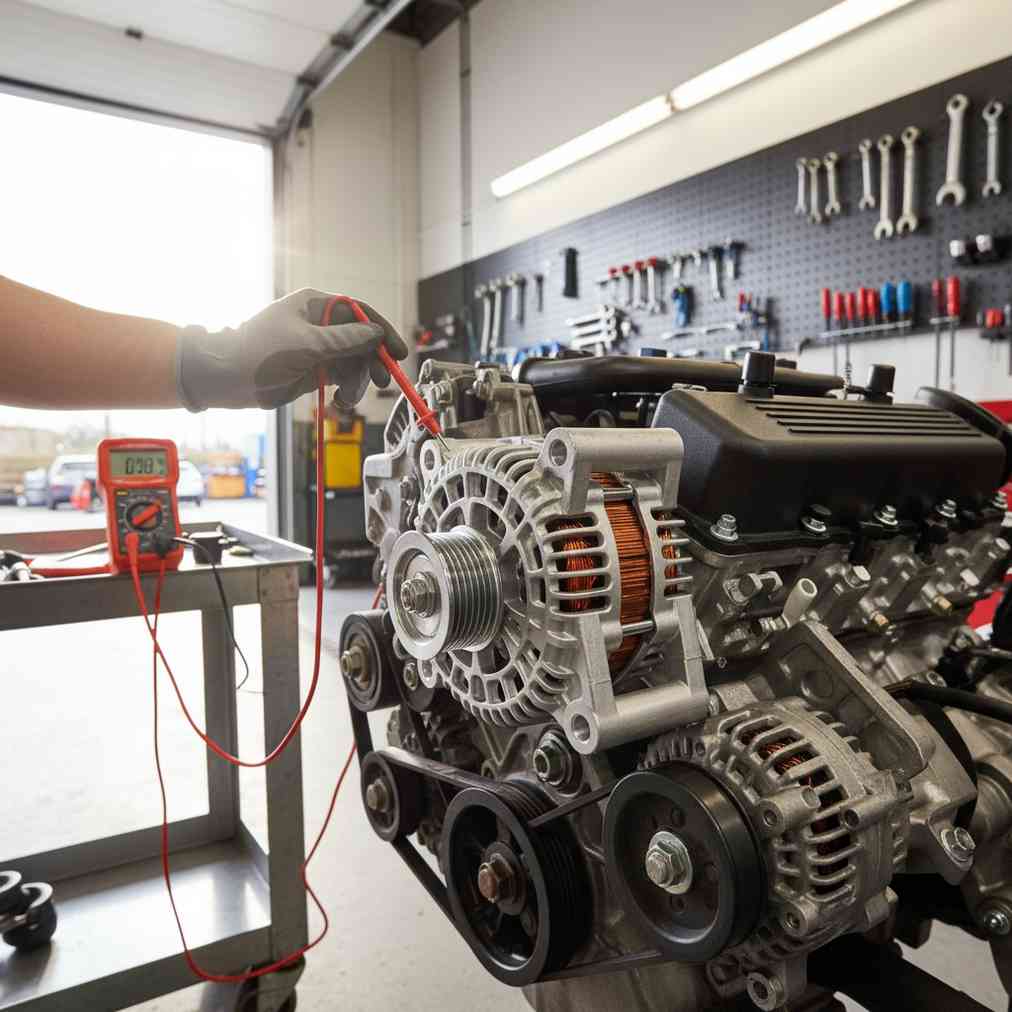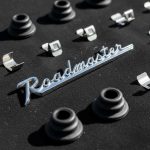Understanding Alternators and Starters: The Complete Guide to Junkyard Success
When your car’s charging system fails, purchasing a replacement alternator from a junkyard near me can save hundreds of dollars compared to buying new. However, success depends on knowing how to identify quality used parts and properly test their functionality before installation.
The alternator serves as your vehicle’s electrical generator, converting mechanical energy from the running engine into electrical power to recharge the battery and operate all electrical systems. In contrast, the starter motor performs the opposite function – it converts electrical energy from the battery into mechanical energy to crank the engine during startup.
Why Choose Used OEM Alternators from Salvage Yards
Selecting a used OEM alternator from a reputable salvage yard offers significant advantages over aftermarket alternatives. OEM parts provide exact fitment and proven reliability, having already demonstrated their performance in similar vehicles.
- Cost Savings: Used OEM alternators typically cost 50-70% less than new parts
- Perfect Fit: Original equipment specifications ensure proper mounting and electrical connections
- Proven Quality: Manufacturer-tested components with established performance records
- Environmental Benefits: Recycling automotive parts reduces waste and conserves resources
Visual Inspection Techniques for Junkyard Alternators
Before removing any alternator from a donor vehicle, conduct a thorough visual inspection to identify potential problems that could lead to premature failure.
Critical Inspection Points
| Component | What to Check | Red Flags |
|---|---|---|
| Housing | Cracks, corrosion, oil leaks | Deep cracks, heavy rust, fluid contamination |
| Pulley | Smooth rotation, alignment | Wobbling, grinding, excessive play |
| Terminals | Clean connections, secure mounting | Heavy corrosion, broken terminals |
| Bearings | Quiet operation, smooth movement | Grinding noise, rough rotation |
Vehicle History Assessment: Avoid alternators from vehicles with front-end damage, flood history, or evidence of overheating. A strong “fishy” or burning smell often indicates internal component failure from excessive heat.
Always verify the part number matches your vehicle’s specifications exactly. Even minor differences in amperage rating or mounting configuration can cause installation problems or inadequate charging performance.
Field Testing Methods Before Purchase
Smart buyers perform preliminary tests in the junkyard to avoid purchasing failed units. These simple procedures can save time and prevent disappointment.
Manual Pulley Test
Spin the alternator pulley by hand while listening and feeling for irregularities. Proper bearing condition allows smooth, quiet rotation without grinding or clicking sounds. Excessive resistance or rough movement indicates worn bearings that will cause premature failure.
Multimeter Diode Testing
Testing alternator diodes with a multimeter’s diode function provides valuable insight into internal condition. Healthy diodes conduct electricity in only one direction, while failed diodes either conduct both ways or not at all.
- Set multimeter to diode test mode
- Test positive diodes: red probe to positive terminal, black probe to each stator terminal
- Test negative diodes: black probe to case ground, red probe to each stator terminal
- Look for consistent readings around 0.5-0.7 volts in forward direction
Professional Testing Methods
On-Vehicle Testing Procedures
Once installed, on-car testing confirms proper alternator function under actual operating conditions. These voltage tests simulate real-world electrical demands your vehicle will encounter.
- Base Voltage Test: With engine off, battery should read 12.4-12.6 volts
- Charging Test: Running engine should produce 13.5-15.0 volts at battery terminals
- Load Test: With all accessories on, voltage should remain above 13.5 volts
- RPM Test: Increase engine speed to 2000 RPM to verify consistent output
Professional Bench Testing
AutoZone and similar retailers offer free alternator bench testing using specialized equipment that simulates various load conditions. These tests provide comprehensive analysis of:
- Maximum amperage output
- Voltage regulation accuracy
- Diode integrity under load
- Performance across RPM range
“Bench testing eliminates guesswork by providing precise measurements of alternator performance under controlled conditions. This verification step can prevent roadside failures and warranty issues.”
Advanced Diagnostic Techniques
Professional mechanics use sophisticated testing methods to evaluate alternator condition thoroughly. These techniques help identify marginal units that might pass basic tests but fail under stress.
Oscilloscope Testing
Oscilloscope analysis reveals AC ripple patterns in the alternator’s DC output. Excessive ripple indicates failing diodes or stator problems that voltage-only tests might miss.
Carbon Pile Load Testing
This method applies precise electrical loads while monitoring alternator response. Professional load testing reveals weaknesses in charging capacity that could cause problems during high-demand situations.
Common Failure Modes and Warning Signs
| Symptom | Likely Cause | Test Method |
|---|---|---|
| Low charging voltage | Worn brushes, bad diodes | Voltage test, diode test |
| Intermittent charging | Loose connections, worn slip rings | Voltage monitoring during operation |
| Overcharging | Failed voltage regulator | Load test at various RPM |
| Noise during operation | Worn bearings, loose pulley | Visual inspection, manual rotation test |
Installation and Final Verification
Proper installation practices ensure your junkyard alternator delivers reliable service. Following these steps helps avoid common problems that could damage the alternator or other electrical components.
- Clean all connections: Remove corrosion from terminals and mounting points
- Check belt tension: Proper tension prevents slipping and premature wear
- Verify wiring: Ensure all connections match original configuration
- Test immediately: Confirm charging function before considering job complete
Post-Installation Testing
Comprehensive testing after installation verifies that your alternator selection and installation were successful. Monitor performance for the first few drives to identify any developing issues early.
Maximizing Your Junkyard Investment
Finding quality used alternators requires patience and knowledge, but the savings make the effort worthwhile. Professional salvage yards offer warranties and testing services that provide additional peace of mind for your purchase.
Remember that alternator testing capabilities have evolved significantly. Modern diagnostic equipment can identify problems that were impossible to detect just a few years ago. Take advantage of these technologies when evaluating used alternators.
Consider keeping your old alternator as a core for potential rebuilding or as a source of components for future repairs. Many cash for junk cars programs accept failed alternators for recycling credit, helping offset your replacement costs.
By following these comprehensive testing and selection procedures, you can confidently purchase working alternators from junkyards while avoiding the frustration and expense of premature failures. The combination of visual inspection, electrical testing, and proper installation techniques ensures reliable performance from your used alternator investment.





Leave a Reply
You must be logged in to post a comment.